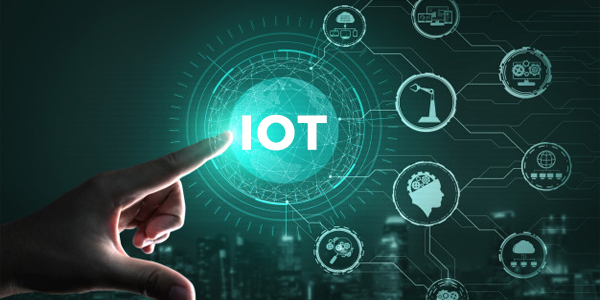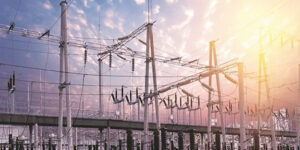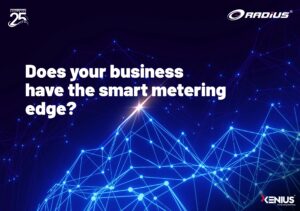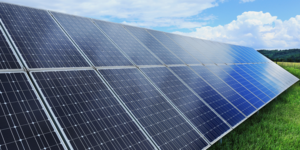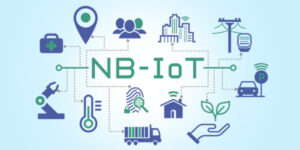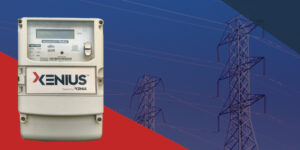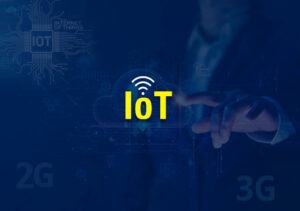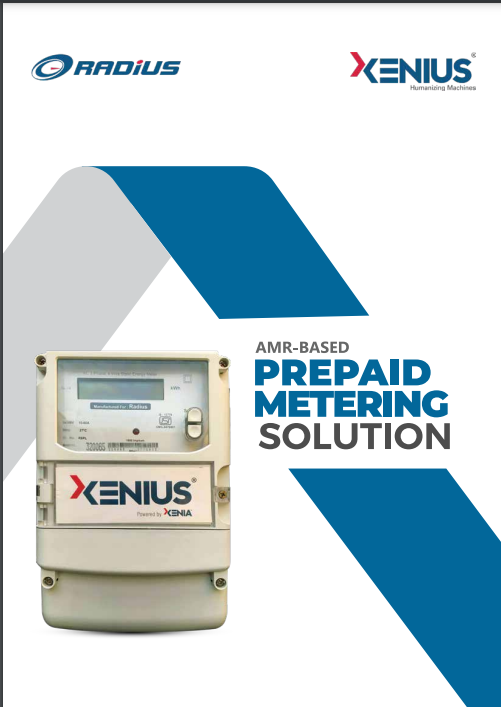The use of smart technologies like IoT, AI and M2M has brought an end to Discoms and power consumers’ woes to a large extent. Smart meters have led to an improvement in the efficiencies of power utilities and brought comfort of consumer experiences. There is also a need to upgrade traditional power grids to smart grids that can control and manage electricity at all levels.
Over a period, the power sector in the country has been plagued with poor efficiency and grid problems. As a result of this, consumers have invariably been at the receiving end and they have to bear huge losses. The unsatisfactory customer experiences and ever-mounting queries/complaints at Discoms have been alarming. The transmission and distribution companies (Discoms)have not only been the victims of power losses, but monetary losses as well.
With advancements in technologies, such as Internet of Things (IoT), Artificial Intelligence (AI) and Machine to Machine learning (M2M), a simplified exchange of data within various stages of utility functionalities is now possible. Varied solutions like smart grid and smart meters etc. are now available to helpsave significant amount of energy and money.
- With advancements in technologies, such as IoT, AI and Machine to Machine learning, a simplified exchange of data within various stages of utility functionalities is now possible.
- Both, the utility and the consumers, can access the real-time data through a customised mobile app. This smart solution eliminates any chance of error due to human interference.
- Smart grids reduce the downtime of electricity supply due to any natural calamity by locating the fault and intimating the utility about it within seconds.
- IoT has the potential to use renewable sources like solar energy, wind energy, and geothermal energy to produce electricity, thereby, completely revolutionising the power sector.
The analog meters are now being replaced with smart meters that collect the consumer’s data and transfer it to the utility via cloud technology on a real-time basis. The data is then processed and transferred to the utility. Both, the utility and the consumers, can access the real-time data through a customised mobile app. This smart solution eliminates any chance of error due to human interference.
Similarly, traditional power grids also need an upgrade to smart grids that can control and manage electricity from generation to transmission, and finally distribution. Smart grids reduce the downtime of electricity supply due to any natural calamity by locating the fault and intimating the utility about it within seconds. This smart solution also provided the benefit of detecting any electricity theft, and alerting the utility about it. This results in amplifying the energy-efficiency of the utility while, at the same time, saving public money.
Machine to Machine (M2M) interaction has made the smart systems even more advanced. M2M can significantly improve customer services and reduce the overall cost of electricity. These smart systems also provide the consumers with easy online-payment options through debit/credit cards and digital wallets like Paytm.
By 2025, the global economic impact of IoT will cross $11 trillion per year. IoT has the potential to use renewable sources like solar energy, wind energy, and geothermal energy to produce electricity, thereby, completely revolutionising the power sector. In times to come, smart solutions with the help of IoT and M2M algorithms will attain full autonomy. That will lead to not only appropriate decision-making without any human interference, but also pave the way for sustainability.


